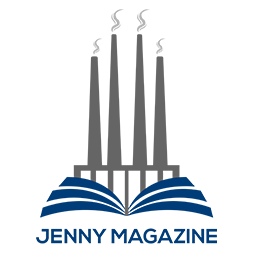by Christopher Barzak
Ellen Datlow has been editing sf/f/h short fiction for four decades. She currently acquires short stories and novellas for Tor.com and Nightfire. She has edited numerous anthologies for adults, young adults, and children, including The Best Horror of the Year annual series, Echoes: The Saga Anthology of Ghost Stories, Final Cuts: New Tales of Hollywood Horror and Other Spectacles. Forthcoming are When Things Get Dark: Stories inspired by Shirley Jackson and the reprint anthology Body Shocks. Her next original anthology is Screams From the Dark: 19 Tales of Monsters and the Monstrous. She’s won multiple Locus, Hugo, Stoker, International Horror Guild, Shirley Jackson, and World Fantasy Awards plus the 2012 Il Posto Nero Black Spot Award for Excellence as Best Foreign Editor. Datlow was named recipient of the 2007 Karl Edward Wagner Award, given at the British Fantasy Convention for “outstanding contribution to the genre” and was honored with the Life Achievement Award given by the Horror Writers Association, in acknowledgment of superior achievement over an entire career and honored with the World Fantasy Life Achievement Award at the 2014 World Fantasy Convention. She also runs the Fantastic Fiction at KGB reading series in the east village, NYC, with Matthew Kressel.
This winter, I exchanged emails with Ellen in an interview to gain more insight into her phenomenal career as an editor of mainly short fiction and short story anthologies, and to talk about her curatorial penchant for collecting curiosities and eerie art.
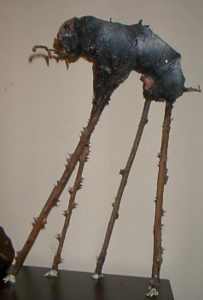
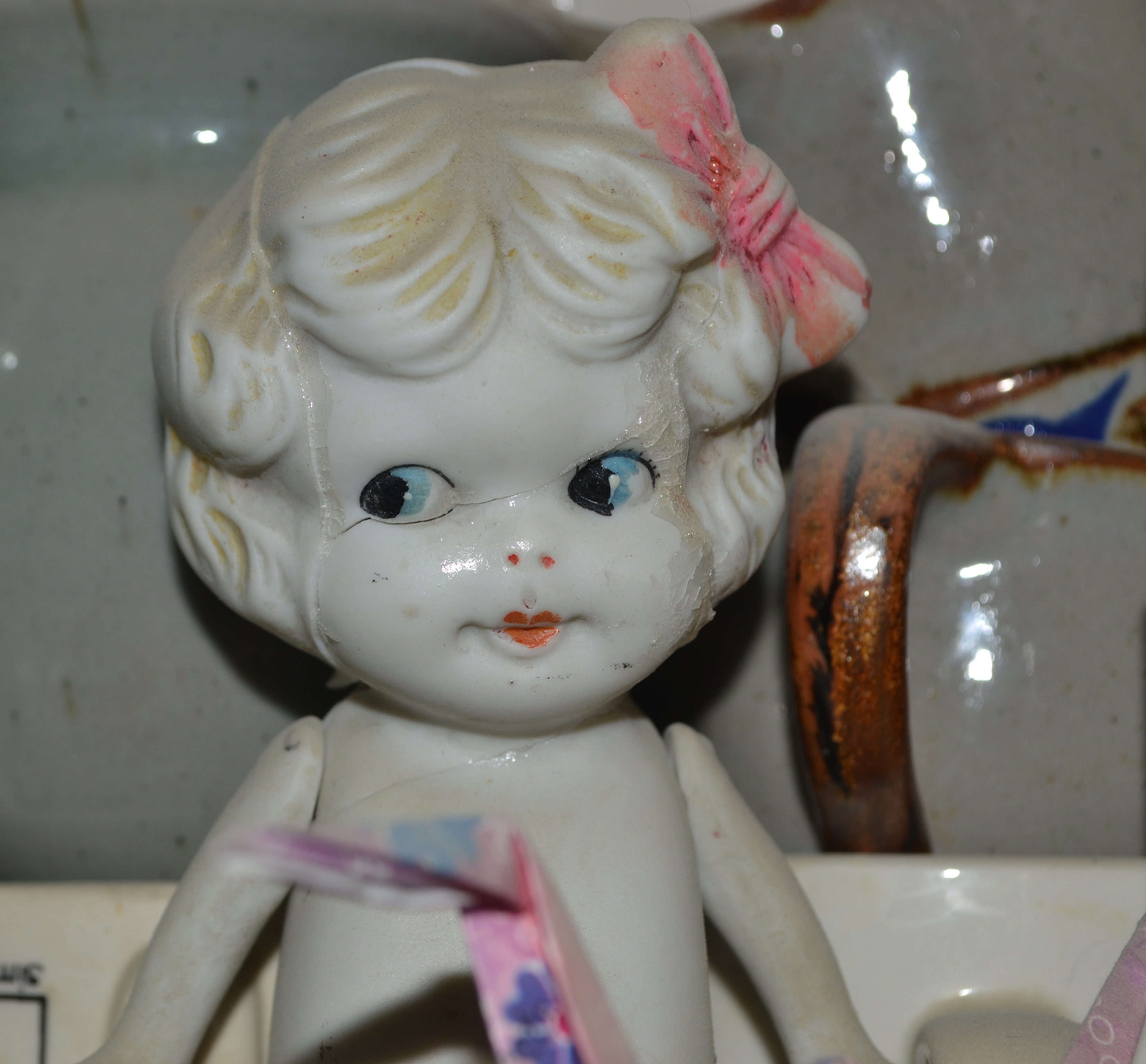
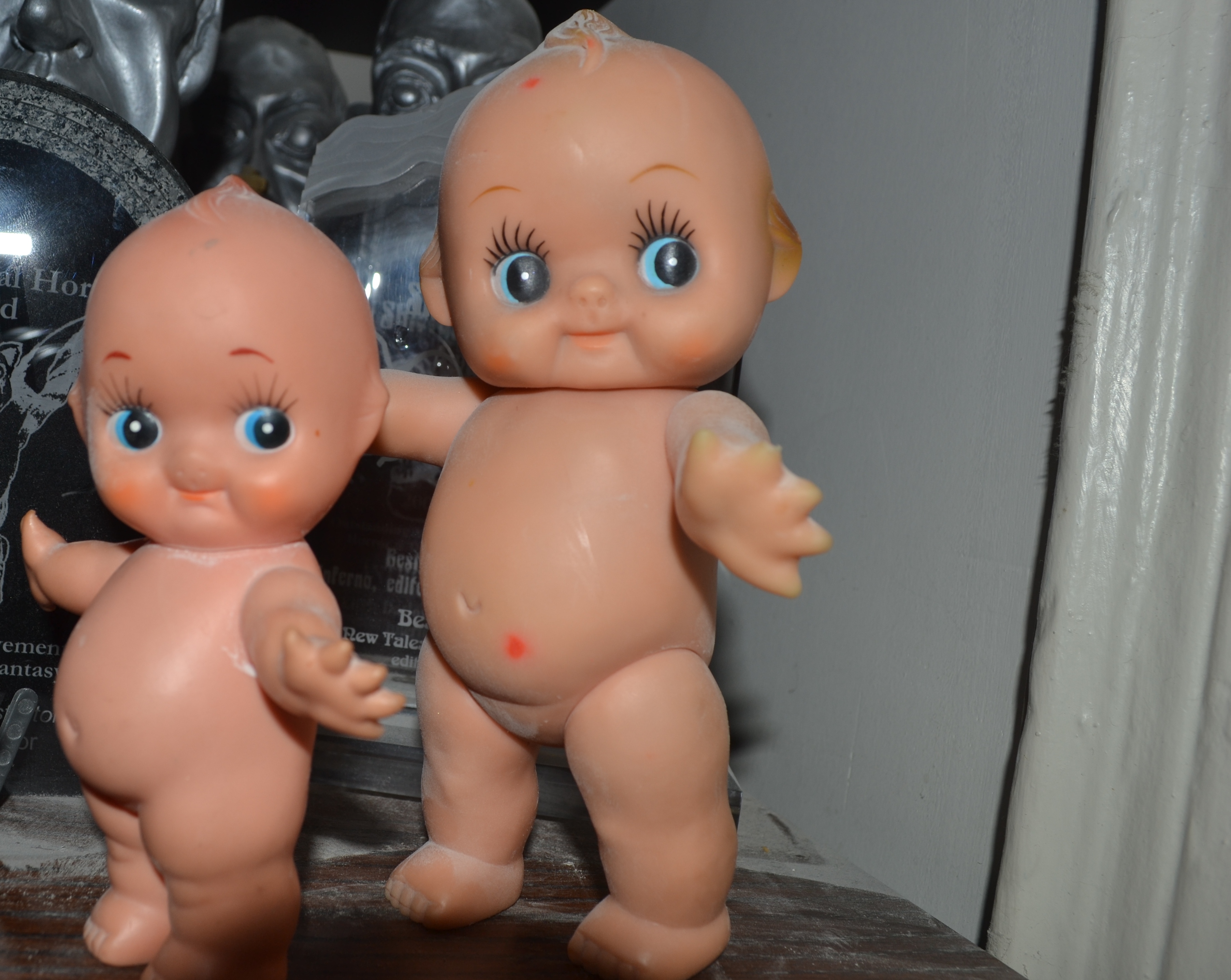
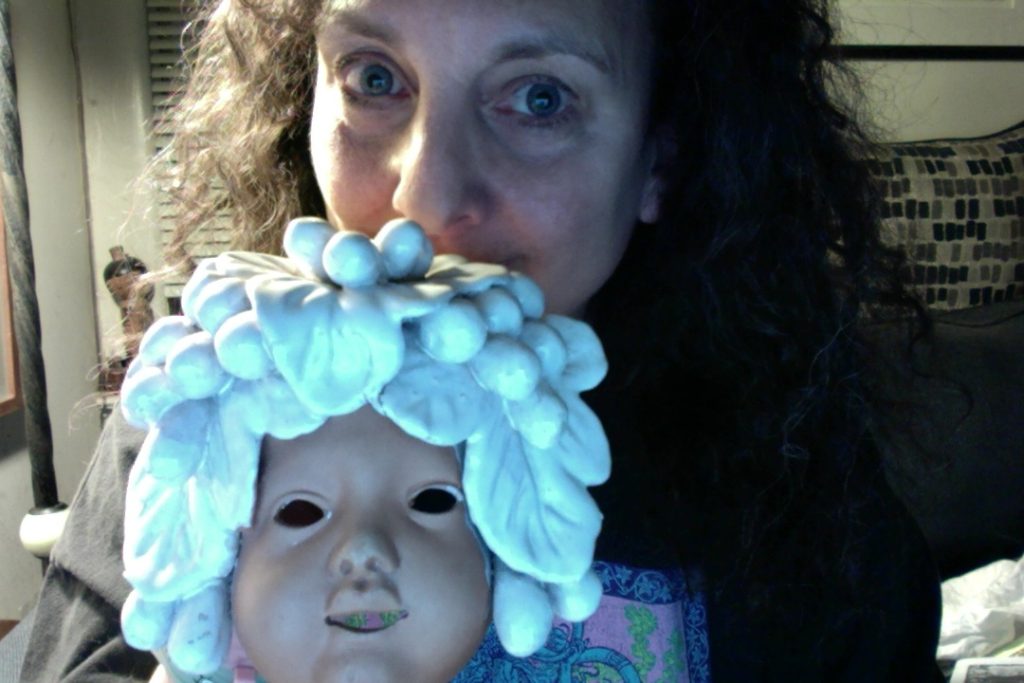
CB: You’ve been editing short fiction within the sf/fantasy/horror industry for more than four decades now, right? When and where did you get your start? At this point you’re known as the Queen of Horror, but you also helped many writers in the cyberpunk sub-genre of sf to gain an audience. Who are some of the more well-known authors you’ve pulled out of the slush pile of submissions, or discovered and nurtured in some other way?
ED: I’ve always loved reading so wanted to work with books. I had a BA in English Literature and the options seemed to be librarian, work in a bookstore, or get into publishing. My first job in book publishing was as sales secretary to the NY Salesman of Little, Brown, and Company. The main office was in Boston but they had a New York office. I knew I wanted to get into editorial and was an editorial assistant at several publishers after that. Mainstream book publishing was very classist-if you didn’t attend an Ivy League school it was difficult to get anywhere. I worked in book publishing for about five years, getting nowhere. OMNI was my first magazine job.
A connection at one of the publishers I’d worked at put me in touch with the Editor of OMNI, Frank Kendig. I was able to finagle a job with Ben Bova, who was Fiction editor– and when he was promoted to Editor, shortly after I arrived, I was hired to work as Associate Fiction Editor with Robert Sheckley, who was Fiction Editor. When Bob left the position to return to full time writing after about 1 ½ years I took over as Fiction Editor for seventeen years, through its transition to online.
Initially OMNI published only science fiction but gradually I was able to expand our fiction content to include fantasy and horror. I rarely published first stories by anyone, but I did publish early stories by William Gibson, Dan Simmons, Marc Laidlaw– and Ted Chiang’s first story.
The first two stories I acquired as Fiction Editor were “Eyes I Dare Not Meet in Dreams” by Simmons (which was expanded into the novel The Hollow Man) and “Petra” by Greg Bear, neither of which were sf. Dan’s novelette “Carrion Comfort,” published by OMNI in two parts, was according to him– inspired by a comment I made to him that he couldn’t expand it because everyone was dead. He took that as a challenge ☺.
I published most of Gibson’s short work from “Johnny Mnemonic” in 1981 (Bob Sheckley acquired it but I worked with Bill on its several drafts) to 1991’s “Skinner’s Room”: a total of seven stories solo or in collaboration with Bruce Sterling or Michael Swanwick.
I also published a lot of Pat Cadigan’s work.
I was the first American magazine editor to publish Clive Barker’s short fiction. The “Book of Blood” was published by OMNI a month after the Books of Blood I was published in the UK and “Babel’s Children” was published by us a month after Books of Blood V came out in the US.
I started commissioning thematic groupings of short-shorts in order to get more stories into the magazine-5 stories could make up one “slot”-I commissioned stories by Patricia Highsmith, Daniel Pinkwater (“Wempire “– later adapted by the author into a picture book), Terry Bisson (His classic “They’re Made Out of Meat” -adapted as a play), T. Coraghessan Boyle, Samuel R. Delany, Karen Joy Fowler, Joyce Carol Oates, Lucius Shepard, Howard Waldrop, Connie Willis, Gahan Wilson-and dozens of other writers.
CB: How has the work changed over the years for you? From editing for a magazine to single-editing anthologies regularly, to editing digital magazines, and occasionally working with a select author or two on their novels (I recall you used to be willing to edit Jonathan Carroll’s novels, even though you liked to focus on short stories)?
ED: It hasn’t changed all the much, other than the relief of not having to meet monthly or weekly deadlines for magazine/webzine publications. I acquired and edited three novels by Jonathan Carroll and three by Paul McAuley for Tor Books as a consulting editor, in the early oughts, but I’m not comfortable with novel editing. Luckily, both those writers write clean, well-structured novels so there weren’t major rewrites. I could possibly become a more proficient novel editor with more practice, but I much prefer the short form up through novellas.
CB: What is your process like, from developing an anthology concept, to the book being published? A lot happens in between those two ends of the spectrum, right? Can you give us a window to see through and into that aspect of your work life?
ED: Usually I have a theme I pitch to some of the book editors I know. Although I prefer working on un-themed anthologies, they’re a much harder sell-because they just aren’t as popular with readers. I have a folder full of “dead anthology” ideas, but even those occasionally come alive again if I can interest just one editor/publisher.
It takes at least a year from the sale of an anthology to handing in the finished manuscript to my editor/publisher. Early on I solicit stories from writers whose work I love and give them the deadline (a couple of months before my deadline).
Every few months I contact the writers from whom I’ve gotten commitments, to ask how their story is coming along and if it’s coming; and once stories are submitted, I accept or reject them; I edit each story I buy (or plan to buy—some stories I won’t accept and contract for until I see a revision that both the author and I are happy with); as soon as I commit to a story, I send out the contract and pay the contributor their advance against royalties.
A month or two before the book is due, I begin my final line edits of each story, working on them in the order of acquisition. This gives me and the author some distance from the work. While I do that, I also start considering the order of the table of contents; put together the front matter, which includes creating a title page, a copyright page, and write the intro, adding biographies, an About the Editor page, a page with my previous titles. Then I put the whole manuscript together into one word doc file and email it to my in-house editor.
CB: What’s the hardest part of being an editor? And likewise, what’s the most pleasurable aspect of the role?
ED: Probably, turning down stories by writers whose work I love. Being the first person to read an amazing story (although these days many writers have beta readers).
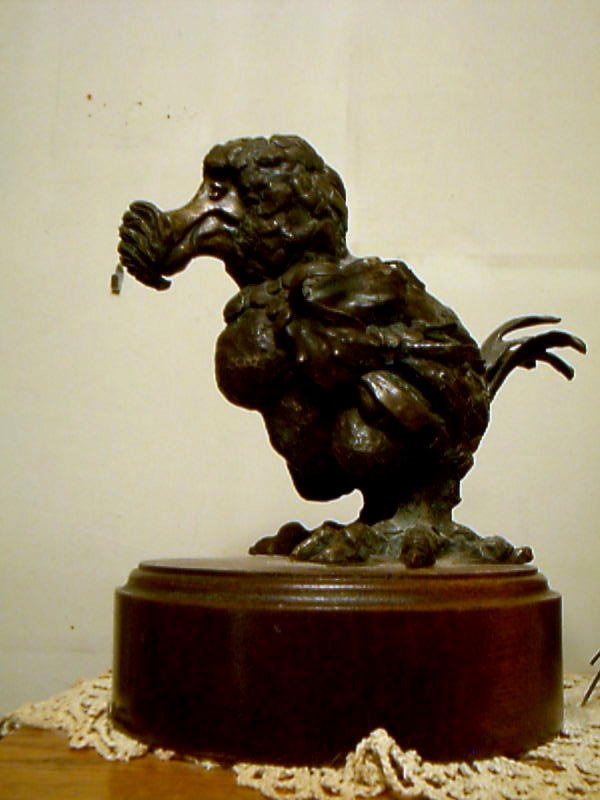
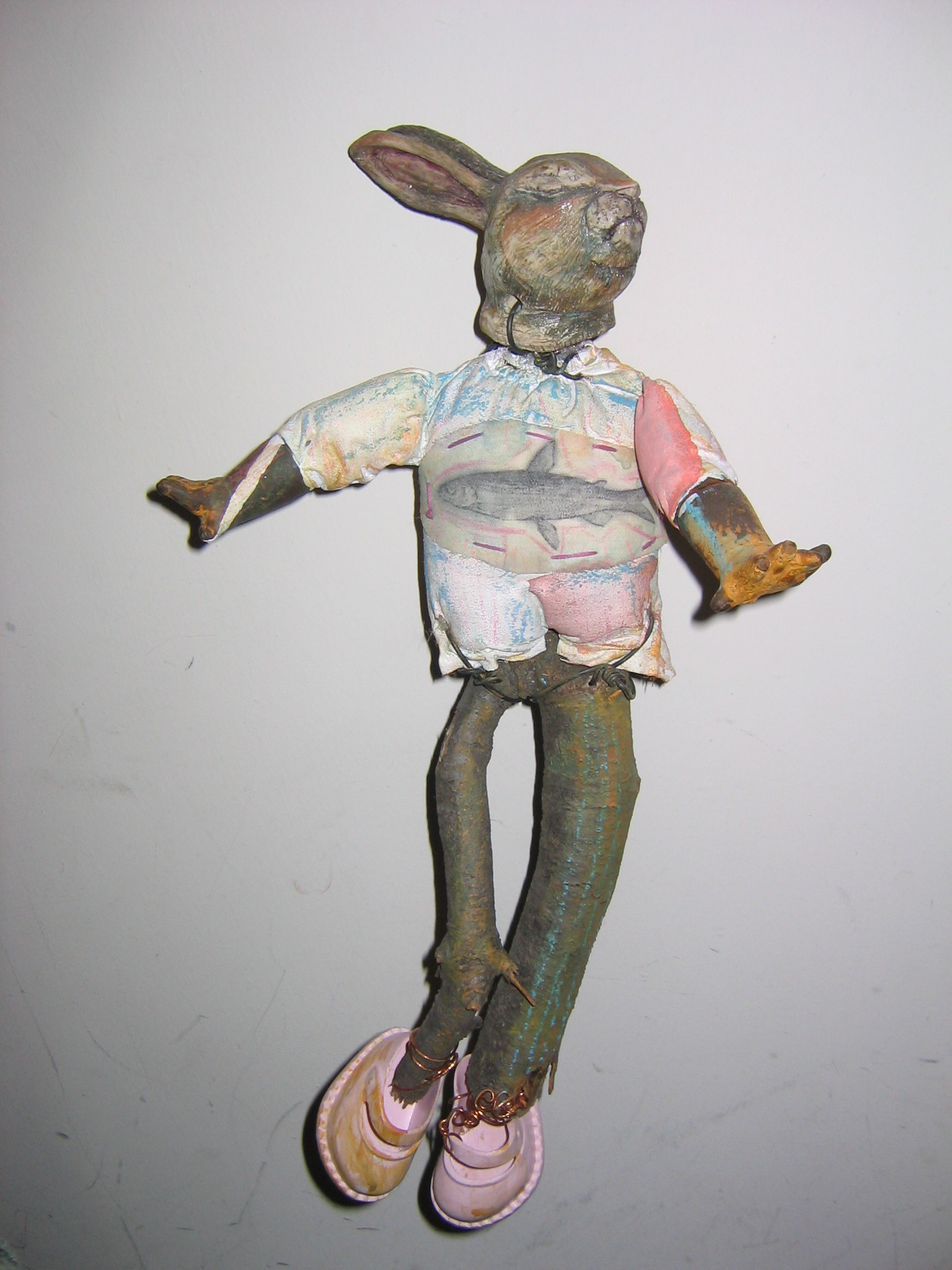
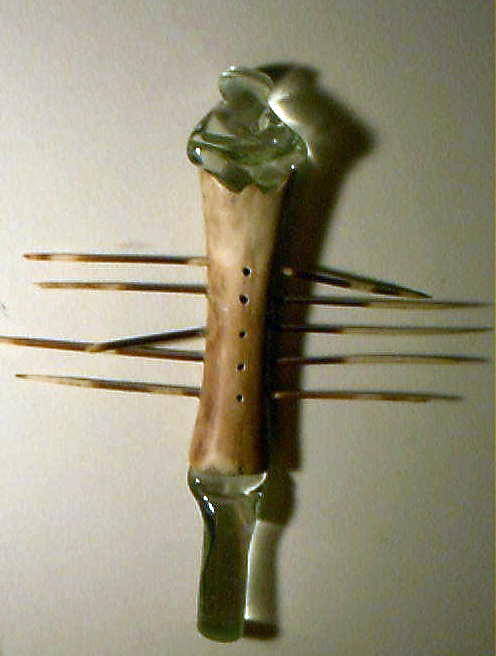
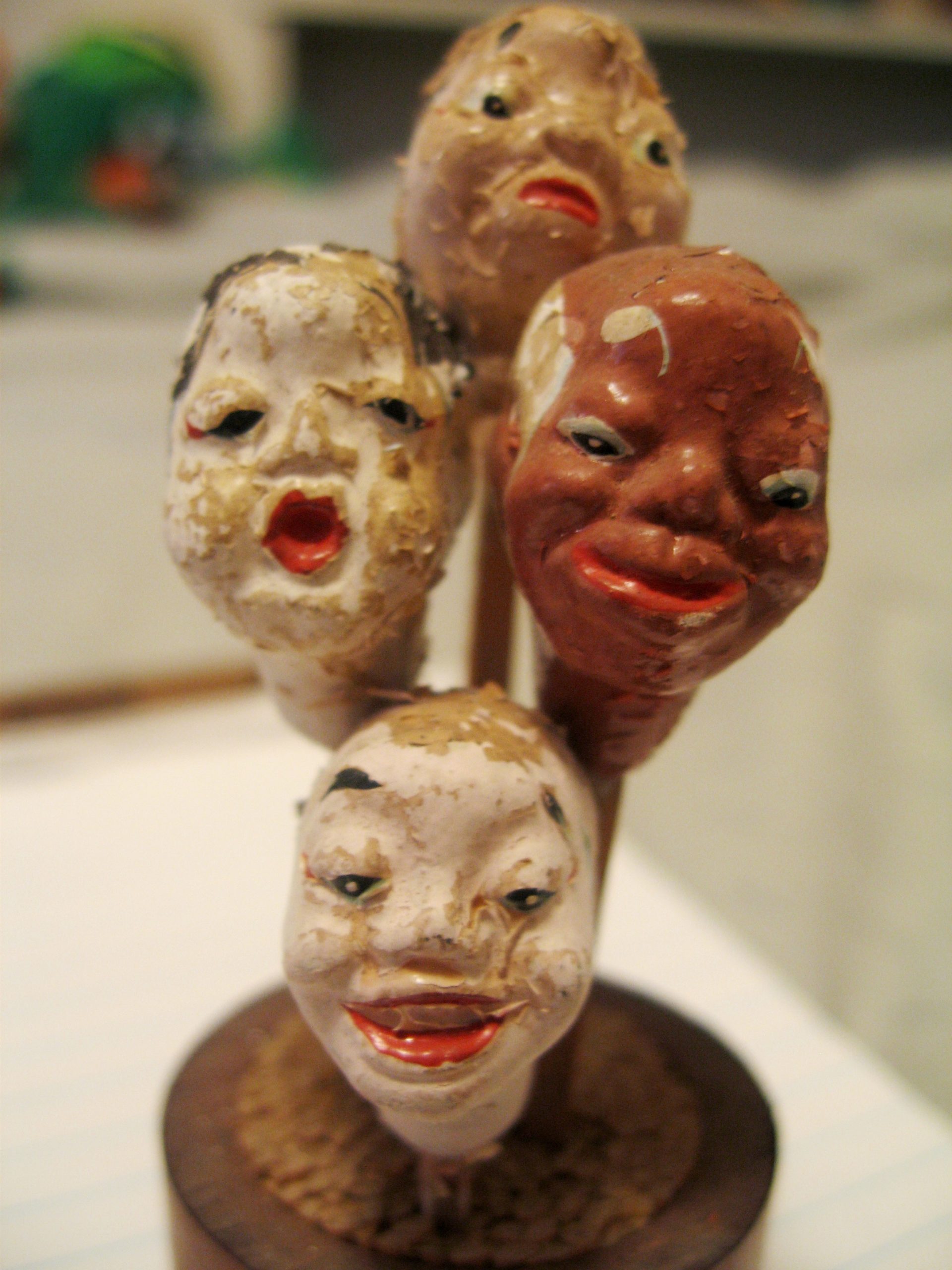
CB: Over the years of our friendship, I’ve occasionally come to stay in your apartment (now the new one too), to cat-sit while you’re out of town, and at the same time be able to visit friends in the city where I might not otherwise have as many opportunities to visit. One of the things I noticed while staying in your previous apartment was how much of a collector in general you are, and that the things you collect share an aesthetic with one another, and if they hadn’t before, once brought into your collection, they take on the overall aesthetic in your home: dark art, paintings, sculptures, vintage dolls and doll parts, animal bones, glass art, vintage medical tools, wind-up toys, vintage porcelain figurines of various kinds. I was always amazed by the collection of things you had amassed, and then once you moved apartments last year, and I came to stay in the new one, which is larger, I was struck by how beautiful that collection became more stunning when you had more room to let it breathe in the new and larger space, and with some excellent lighting. I can remember seeing it all come together and how everything snapped into place like an art installation. It made me wonder if you see the collecting and arrangement of these art objects as a curatorial process in the same way that you essentially collect and arrange stories for anthologies? Do the processes seem similar to you? At heart, is being an editor essentially being a collector or curator?
ED: Wow-you’re much more perceptive than I am. I’ve usually started collecting by discovering one weird/beautiful/perfect object, then deciding I want more of them or more like them. I love antiquing and going to yard/garage sales. The first tool I ever bought was something I found in London’s Jubilee market hall in Covent Garden. I had no idea what it was for and neither did the seller. I didn’t discover its use until more than twenty years after I acquired it, when Kaaron Warren and I collaborated on Tool Tales (a chapbook consisting of photographs of ten of my tools/odd objects and the micro fictions she wrote about each one. A reader was able to match the item on ebay: Antique Nipper- Tool-Pliers-Adjust-Teeth-Saw-Hacksaw.
I prefer to find objects randomly, in-person. I started collecting native American fetish animals while visiting the American Southwest, then alas, discovered ebay and started buying way too many fetishes that way. But it’s not as satisfying.
When I prepared to move and started packing, I discovered more glass bottles than I’d realized I owned because many of them had been on a large bookshelf wedged into an alcove in my old bedroom that I couldn’t take with me. Now many of them are on the windowsill in each of my rooms, including the bathroom.
I guess overall, the collecting isn’t deliberate, but the placement of each object is. It’s not the collecting that’s similar but displaying my various collections-figuring out where and how I want to display them. When I moved, I bought two new display cases, one specifically for small tools, another that houses my larger tools along with some art glass, animal skulls and parts (I have a hippo tooth), and other items. I’ve converted a cd stand into a display case (I got rid of many CDs before moving-the rest are in my armoire).
The difference between collecting objects and editing is that with editing I have limits as to what I can acquire at one time (for a magazine/webzine or anthology), with my various collections I do not.
CB: I know you’ve mentioned over the years that you sometimes start collecting a new kind of piece. Is there anything specific you’re looking to add to your collection now?
ED: Nothing new-since what I collect is always something that catches my eye and I haven’t been traveling or roaming many antique malls/curiosity shops/yard sales for at least two years I haven’t had the opportunity. Also, I have to be inspired –I’m not even sure there is anything “new” I’d want to collect-which doesn’t mean I won’t add to some of my collections at some point.
CB: Likewise, in the collecting of stories and writers for anthologies, what have you seen changing over the the last five or six years? Have the kinds of stories horror writers have been telling changed at all during these years of socio-political strife and pandemic?
ED: The variety of voices has been expanding exponentially in sf/f/h. More writers from continents other than North America are being published in the US or if not published here, are being distributed here. The more markets the better.
As far as the kinds of stories being told in horror during the past few years. Not really-or maybe, I’m just not aware of it.
CB: What are you working on right now? And do you have any idea of what you would like to work on next, ideally, even if it’s just in the dreaming up stage of the process?
ED: I’m still reading already published stories for my annual The Best Horror of the Year Volume Fourteen, which I’ll be handing in early March. I’ve been going over proofs for my next all-original horror anthology, Screams From the Dark: 29 Tales of Monsters and the Monstrous, which will be coming out from Tor’s Nightfire imprint in June. I’ll be shepherding four novellas I acquired and edited for Tor.com through the publication process- adding my contacts to the Tor.com publicity contacts. One of two novellas we commissioned has just come in so I’m in the middle of reading it. I’m looking forward to working with the author on it. The second novella should be coming in next month.
I’m hoping to sell another original anthology or two this year -we’ll see.
CB: Thanks so much for taking the time to talk to our readers, Ellen!
Christopher Barzak is the author of the novels, One for Sorrow, The Love We Share Without Knowing, Wonders of the Invisible World, and The Gone Away Place. He is also the author of the short story collections, Birds and Birthdays, and Before and Afterlives. His books have received the Stonewall Honor Award from the American Library Association. the Shirley Jackson Award, the Crawford Award, the Whippoorwill Award, and have been placed on the Human Rights Campaign list of books for LGBTQ affirmative welcoming school libraries. He grew up in rural Ohio, has lived in a southern California beach town, the capital of Michigan, and has taught English outside of Tokyo, Japan, where he lived for two years. Currently he teaches fiction writing in the Northeast Ohio MFA program at Youngstown State University.
